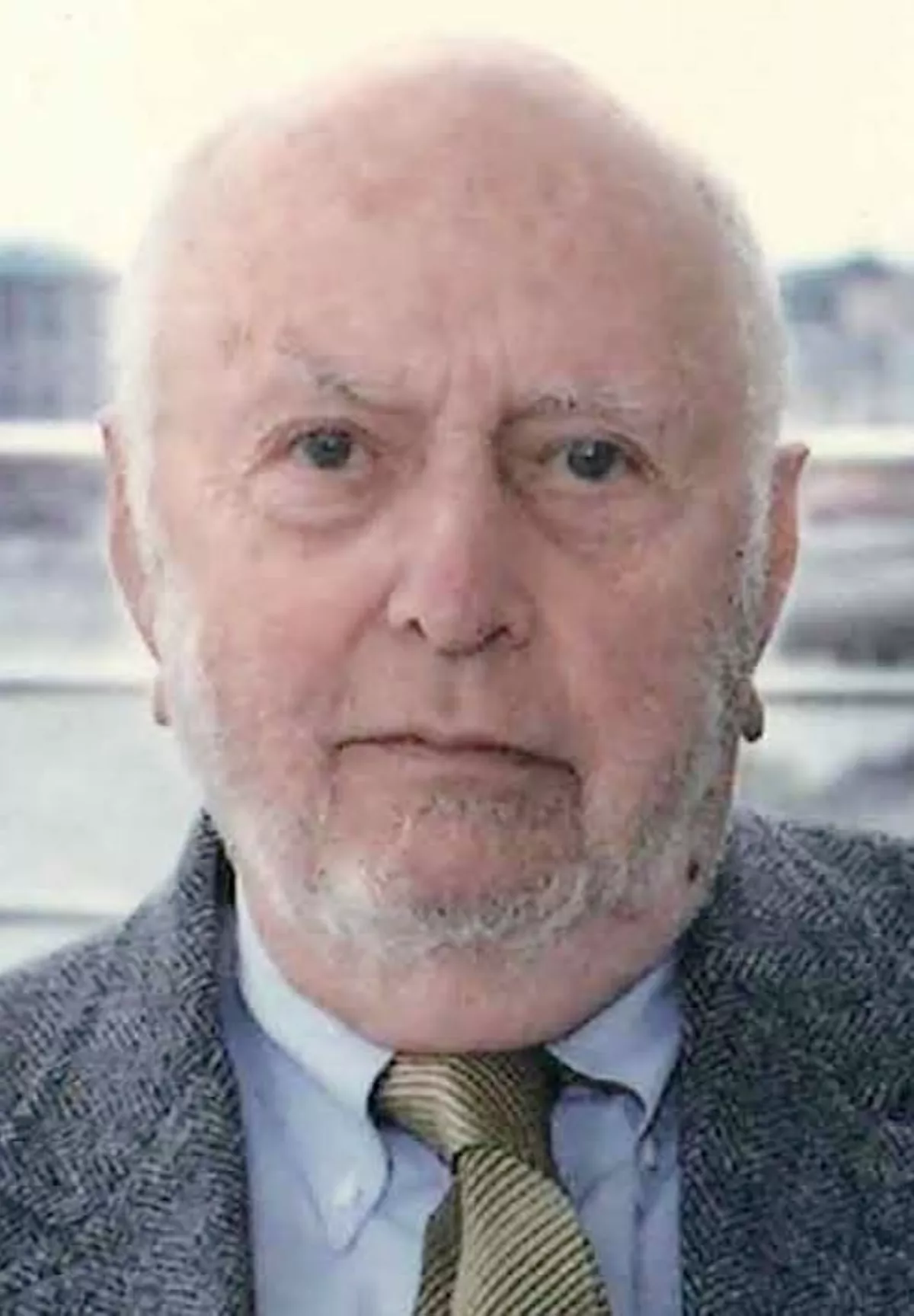 1.
1. Douglass Cecil North was an American economist known for his work in economic history.

 1.
1. Douglass Cecil North was an American economist known for his work in economic history.
Douglass North was an influential figure in New Institutional Economics, which emphasizes the impact of institutions on economic behaviors and outcomes.
Douglass North was born in Cambridge, Massachusetts, on November 5,1920.
Douglass North moved several times as a child due to his father's work at MetLife.
Douglass North was educated at Ashbury College in Ottawa and the Choate School in Wallingford.
Douglass North was accepted at Harvard at the same time that his father became the head of MetLife on the West Coast, so North chose instead to attend the University of California, Berkeley.
Douglass North taught navigation at the Maritime Service Officers' School in Alameda during the last year of the war, and struggled with the decision of whether to become a photographer or an economist.
Douglass North returned to UC Berkeley, where he obtained a Ph.
Douglass North subsequently began his career as an assistant professor at the University of Washington.
Douglass North died on November 23,2015, at his summer home in Benzonia, Michigan from esophageal cancer at the age of 95.
From 1951 to 1983, Douglass North taught economics at the University of Washington, where he was an assistant professor till 1956, an associate professor from 1956 to 1960, and a full professor till 1983; he chaired the economics department at Washington from 1967 to 1979.
In 1960, Douglass North became co-editor of the Journal of Economic History, where he helped popularise cliometrics.
Douglass North served as the Bartlett Burnap Senior Fellow at the Hoover Institution at Stanford University.
Douglass North's research included property rights, transaction costs, the institutional basis of markets, and economic organization in history as well as economic development in developing countries.
Douglass North served as an expert for the Copenhagen Consensus and as an advisor to governments around the world.
Douglass North was engaged in research on how countries emerge from what they call "the natural state" and into long-run economic growth.
Douglass North was a trustee of Economists for Peace and Security, and a special adviser to the non-profit organization Vipani.
In 1991 Douglass North published a paper, titled Institutions, in the Journal of Economic Perspectives.
Douglass North defines institutions as "humanly devised constraints that structure political, economic and social interactions".
Constraints, as Douglass North describes, are devised as formal rules and informal restraints, which usually contribute to the perpetuation of order and safety within a market or society.
Douglass North's paper concludes with a few intriguing questions which his paper aimed to address:.
Douglass North develops a framework for explaining how institutions change and become more efficient over time.
Douglass North argues that this change will usually be slow for two reasons.
Douglass North goes on to apply this framework to analyze a few historical examples, including the Green Revolution, the American Revolution, and imperial Spain, as well as to offer some general policy recommendations.